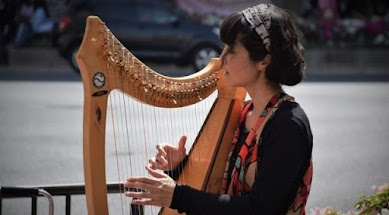The use of Irish-themed decorations on Saint Patrick's Day
One of the most distinctive characteristics of Saint Patrick's Day, which is observed all around the world, is the use of Irish-themed décor. Irish-themed decorations are a defining characteristic of Saint Patrick's Day celebrations, from green hats and shamrock-shaped glasses to flags and banners.
The shamrock, a three-leaf clover connected with Saint Patrick, the patron saint of Ireland, is one of Saint Patrick's Day's most well-known symbols. Shamrocks are incorporated into a wide range of decorations, including tablecloths, napkins, balloons, and streamers. They are frequently used in conjunction with other Irish symbols like the Celtic knot or the Irish flag to create a joyful and vibrant mood.
Green caps, scarves, and T-shirts are some more popular Irish-themed decorations in addition to shamrocks. These goods frequently have slogans like "Kiss Me, I'm Irish" or "I'm Celebrating Saint Patrick's Day" emblazoned on them. They are well-liked by individuals of all ages and are frequently spotted during parades and other occasions, such as Saint Patrick's Day.
Irish-themed decorations come in a variety of forms beyond apparel and accessories. During Saint Patrick's Day, a lot of houses and businesses also decorate with green and gold accents on the doors, windows, and walls. Also, some people enjoy displaying trinkets and artifacts with Irish themes, including Irish blessing plaques or ceramic leprechauns.
In conclusion, Saint Patrick's Day celebrations include a lot of Irish-themed décor. They enable people to connect with Irish culture and tradition and contribute to the creation of a festive and joyous mood. These decorations, which range from shamrocks and leprechauns to green hats and T-shirts, are a playful and lighthearted way to express gratitude for this unique festival. 45. Saint Patrick's Day's contribution to promoting Irish culture




Comments
Post a Comment